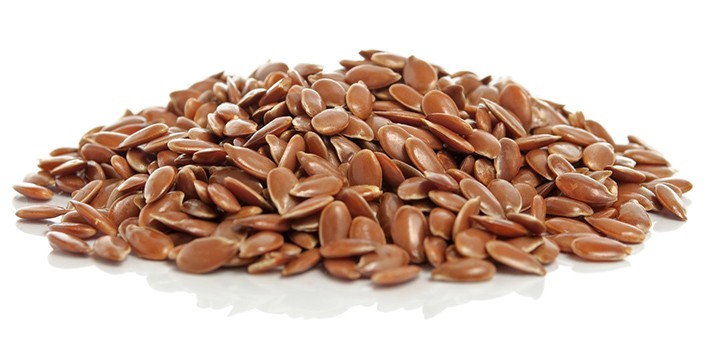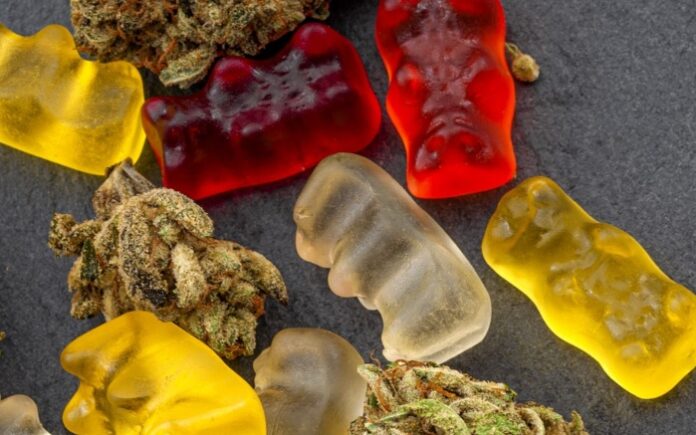Despite the risks associated with smoking marijuana, it remains one of the most popular drugs among young people. Meanwhile, the debate on the legalization of cannabis use, shows that the level of acceptance by society is growing. That’s a good reason to dive into the real risks and side effects of edibles.
What Are Edibles?
“Edible” is a general term for products that include cannabis. It can be drinks, cotton candy, sweets or pastries. It also includes products that are absorbed through the skin – lotions, balms and oils to relieve pain or inflammation. Here https://hometownherocbd.com/collections/delta-8-thc-edibles you can find a lot of types of edibles.
Such products are typically made using hemp oil or dried flowers. It can be an alternative for consumers seeking to avoid inhaling smoke through shoals or tubes. However, the effect of using marijuana products can be stronger, and the effect is longer.
The Ministry of Health also notes that the effect of eating edible products may not come immediately, from half an hour to four hours.
This is the most important difference between food products and other cannabis’s products. If you don’t feel an immediate effect, you don’t need to eat more, you should just wait. Otherwise, you can consume too much and experience stronger and even unpleasant effects. Therefore, it is necessary to start with small portions, and try supplements slowly and gradually.
The Risks of Consuming Edibles
With long-term consumption of marijuana, tolerance to the effects of the drug is formed. A person takes increasingly large doses of marijuana. As soon as tolerance for the drug is achieved, one of the long-term effects becomes withdrawal syndrome.
Long-term problems with concentration
A negative consequence of cannabis use is long-term cognitive impairment, which is affected by young people. Since their brain is still in the process of active development.
Scientists analyzed the data of 43,000 people. Their conclusions: cannabis intoxication can lead to mild cognitive impairment or moderate impairment.
Also, deviations are observed in terms of the time it takes for a person to perform some kind of thinking-related task. Such violations can manifest themselves not only directly during the smoking process but also after it.
Harm to the brain of young people
It is undeniable that cannabis harms the brain of young people, because only by the age of 25 the frontal lobe of the brain is mature.
Scientists concluded that cannabis has a particularly powerful effect on the prefrontal cortex. It handles impulse control, problem solving and action planning. Active cannabis use can also lead to psychosis, primarily in young people.
Be careful with sweets
Cakes, cookies, cakes, chocolate balls made with cannabis are an excellent medical alternative. But keep in mind that they have a much greater effect on the body. So (especially if it’s your first time) after you have tried a product containing cannabis, avoid driving a car or operating dangerous equipment.
Plan your leisure time
Unlike marijuana for smoking, in edible form it produces a stronger effect that lasts for a longer time. Therefore, it is products containing cannabis that are more often prescribed for medical use, as an analgesic or sedative.
The effect of the reception can last 4-7 hours. Therefore, it is important to plan beforehand what you will be doing. For example, it is better not to get behind the wheel and not to cut firewood with a chainsaw. Try to relax, watch a good movie, and listen to music. You can also go for a massage, lie on the beach or make love to your significant other.
Withdrawal syndrome with sufficiently prolonged use of marijuana leads to:
- Irritability and anger.
- Aggression and anxiety.
- Depression and anxiety.
- Abdominal pain.
- Reduction of healthy appetite or weight loss.
- Tremor.
- Excessive sweating.
- Craving for harder drugs.
- Difficulties with healthy sleep.
Long-term use of marijuana can lead to negative consequences for the brain, which can affect memory and learning. These are:
- Inability to concentrate, concentrate and keep information.
- Weakening of mathematical and verbal skills.
Therefore, if you notice your child has used pineapple, then help him.The immune, and respiratory systems are most likely to exhibit long-term effects of marijuana use. It is include:
- Coughing, wheezing, and sputum production.
- Increased risk of cancer.
- Frequent chest diseases, including lung infections.
- Violation of the immune system.
- Hormonal changes and menstrual cycle disorders.
- Negative impact on male and female fertility.
- The harm of marijuana for children.
- Negative effects on birth weight and cognitive abilities. As well as an increased risk of cancer in children born to mothers who use marijuana.
- Paranoia, panic disorder, fear.
Using cannabis can lead to a decrease in the level of education, and in adults – to poor work and dangerous driving. These consequences can be even worse for those who consume large doses. It said study co-author Alexandre Dumai, professor of clinical psychiatry at the University of Montreal.
Readers Might Also Like:
 Black-Owned Greeting Card Company Adeyemi Artistry Meets All Your Holiday Needs
Black-Owned Greeting Card Company Adeyemi Artistry Meets All Your Holiday Needs Healthy Lifestyle Tips for Women #Over30
Healthy Lifestyle Tips for Women #Over30 The Health Benefits of Flaxseed
The Health Benefits of Flaxseed
 9 Life Hacks To Gain From Starting A Yoga Practice
9 Life Hacks To Gain From Starting A Yoga Practice
 Features You Didn’t Know Your iPhone 13 Pro Max Had
Features You Didn’t Know Your iPhone 13 Pro Max Had

